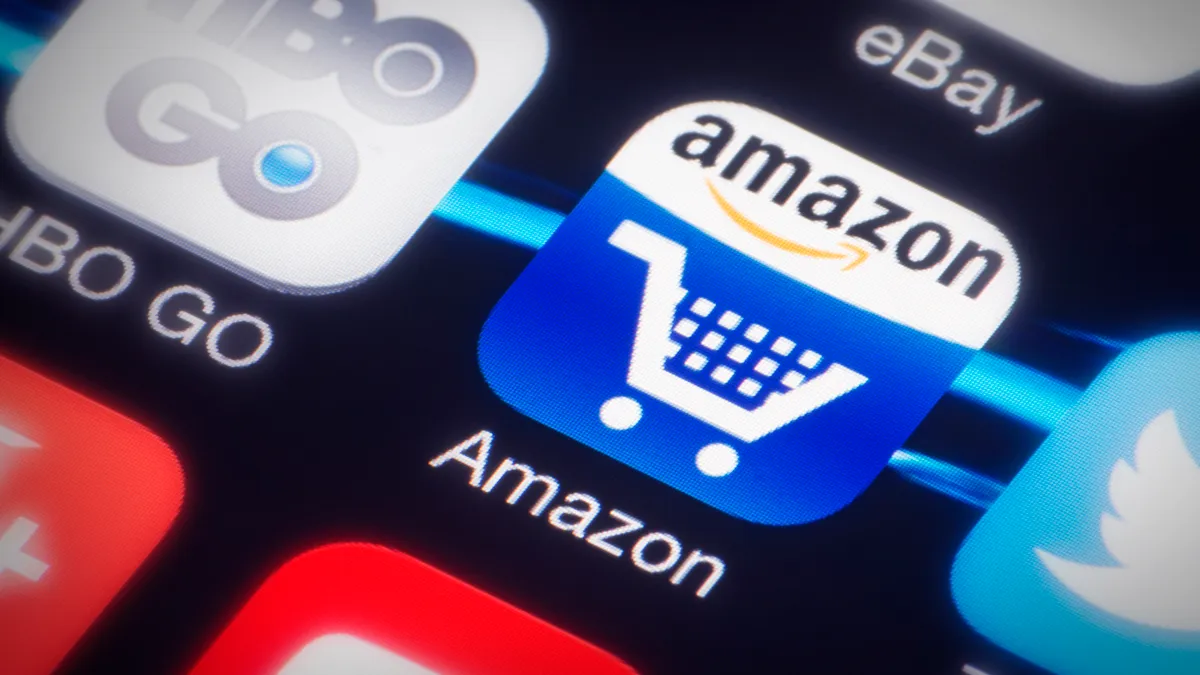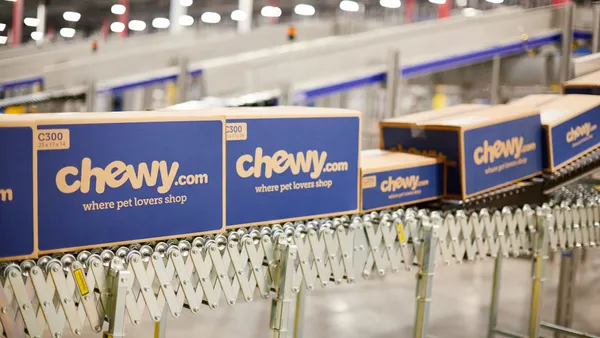Dive Brief:
-
Leonard Green & Partners LP and CVC Capital Partners Ltd., the private equity owners of warehouse retailer BJ’s Wholesale Club, are preparing for a possible sale of BJ's after abandoning the idea of an initial public offering, unnamed sources have told the New York Post.
-
One of the suitors entertaining purchase of the membership warehouse retailer is Amazon, according to the report. Amazon didn’t immediately return a request from Retail Dive for clarification or comment on the report.
-
BJ’s Wholesale Club spokesperson Kirk Saville told Retail Dive: “As a matter of policy, BJ’s Wholesale Club does not comment on rumors and speculation. As a company, we’re focused on providing outstanding value and service to our members.” Leonard Green and CVC Capital acquired BJ's Wholesale in 2011, took it private and has paid investors dividends several times since.
Dive Insight:
As a brick-and-mortar warehouse retailer, BJ’s Wholesale is in a space dominated by Costco and Wal-Mart-owned Sam’s Club, and its business is increasingly threatened by Amazon’s Prime membership program. The percentage of U.S. households that pay for Amazon Prime shipping and multimedia services but hold no other club membership has grown from 7.1% in 2013 to 16.2% in 2016. Meanwhile, the percentage belonging to just Costco fell to 9.8% from 14.9% and Sam’s Club dropped to 9.7% from 16.9%, according to research from Cowen and Co. issued last year.
As a practical matter, unloading BJ’s one way or another makes sense for its private equity owners. “Private equity wants to be in and out in five to seven years,” Suneet Chandvani, head of middle market research at corporate debt intelligence firm Debtwire, told Retail Dive earlier this year. “The goal is after five years, sell it or IPO it.”
An IPO may not make as much sense as a sale considering the fraught retail landscape, sources told the New York Post. But for Amazon, a purchase could help further its brick-and-mortar ambitions, which increasingly appear to include grocery and consumer product retail.
In addition to bookstores and its experimental checkout-free Amazon Go convenient store, Amazon in late March announced the launch of its AmazonFresh Pickup service, which enables consumers to order thousands of grocery items — including meats, fresh produce, bread, dairy and household essentials — through the e-commerce kingpin's website or mobile app for local pickup within 15 minutes. Amazon is testing AmazonFresh Pickup in physical stores located in Seattle's SODO and Ballard neighborhoods, according to an email from the company sent to Retail Dive. Beta testing is for now limited to Amazon employees; there’s no order minimum, and once the service launches more widely, it will be free for Prime subscribers.
Meanwhile, a price war appears to be escalating as Amazon, Wal-Mart and Target are all reportedly working with vendors to drill down prices on consumer products. Amazon has already been working hard to capture this market. In 2007, it debuted Subscribe and Save, in 2014 it launched Prime Pantry and in 2015 it unveiled Dash button devices for one-touch reorder of many consumer supplies. Along the way, Amazon also has developed private label consumer products, including detergent, diapers and batteries, that give the competition a run for its money. And lately Amazon has a new sidekick in its efforts — its artificial intelligence-powered voice assistant Alexa, which allows consumers to place some orders from the device.
Amazon, however, has struggled to make much headway with its consumer goods sales, with just 10% of consumers turning to its site for grocery and household items, compared to 51% who are buying consumer electronics and small appliances there, and 25% for health and beauty items, according to Frank N. Magid Associates. Amazon has also grappled with positioning its Prime Pantry program, changing up its pricing structure, and Subscribe and Save customers have found that Amazon’s prices aren’t always consistent or even the best deal.














